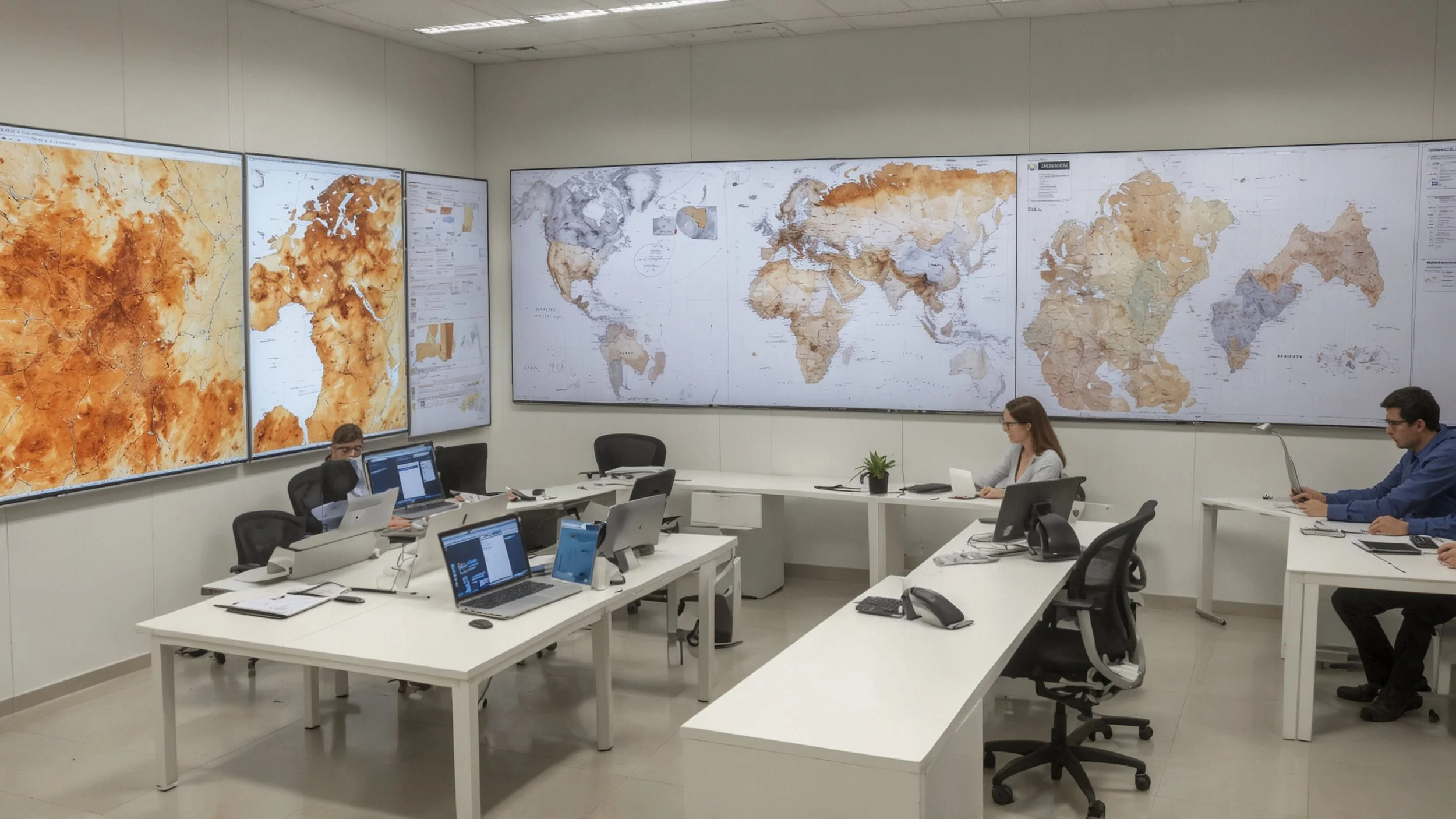Innovation with AI: A Vital Strategy for U.S. Federal Agencies
Amid economic and operational constraints, U.S. federal entities are faced with an urgent need to innovate. The implementation of artificial intelligence (AI), particularly through technologies such as process and task mining, stands out as an essential response. This text examines how these tools are changing government activities, increasing efficiency and promoting transparency.
Process Mining: Understanding and Improving Workflows
Process mining is proving to be a crucial tool for federal agencies, providing a clear and accurate view of activities. This method facilitates the analysis of the digital footprints that users leave behind to reconstruct live processes. As a result, inefficiencies and automation opportunities that were previously hidden are detected. The ability to visualize complex processes facilitates the detection of compliance issues, an essential element in bureaucratic environments.
Generative AI: Beyond Prediction
The article highlights the transition from a predictive AI to a more holistic perspective by implementing Generative AI and real-time analytics.
Predictive Artificial Intelligence: Focuses on forecasting future scenarios from historical data, being used mainly in areas such as sales forecasting, predictive maintenance and risk analysis.
Generative AI: Able to condense huge volumes of unstructured data, such as images, text and video, generating actionable information and creating original content.
The application of Generative AI is crucial in dynamic decision making, improving the responsiveness of organizations.
In agencies that manage regulatory documents, detecting inconsistencies and gaps is essential to ensure compliance and operational efficiency.
The combined use of analytics and generative AI allows for a more informed and accurate decision process, optimizing results in real time.
Transparency and Accountability with IA
Artificial intelligence not only simplifies procedures, but also improves human decision making and enhances transparency.
Artificial Intelligence systems, through constant monitoring, can identify irregularities in real time.
This type of oversight ensures that agencies operate within the stipulated legal and ethical parameters.
Continuous monitoring is crucial to foster public confidence in institutions.
It also promotes responsible governance by ensuring that its operations are aligned with principles of integrity.
In this way, administrative responsibility is strengthened, allowing for much more transparent actions that are in line with established criteria.
In conclusion, the strategic implementation of technologies such as process mining and Generative AI provides a powerful innovation infrastructure for federal agencies, increasing both efficiency and clarity. Suggestions to invest in process discovery tools, implement Generative AI, ensure real-time analytics and promote a culture of innovation are essential. In this context, innovation is no longer an alternative, but essential to mission success in the contemporary public sector.






